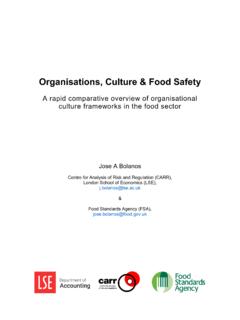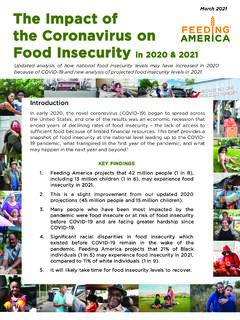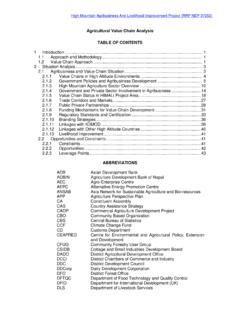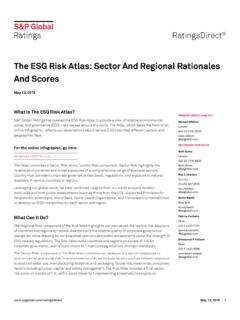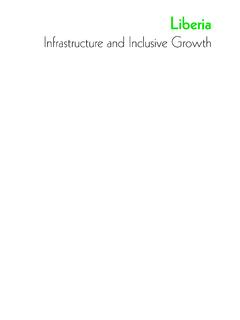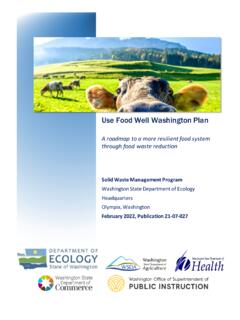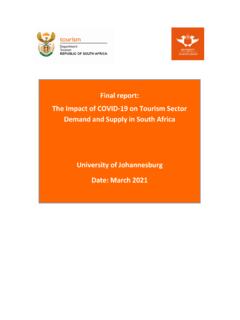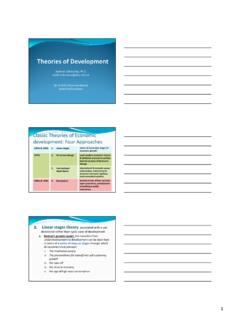Transcription of Zambia Country Analysis Summary - United Nations
1 Zambia Country Analysis SummaryRefer to this publication as: Zambia Country Analysis (2015). This is a Summary of a Country Analysis prepared by an independent consultant for the United Nations Country Team in Zambia . Copyright: United Nations Country Team, ZambiaContact for further detail: UN Resident Coordinator s Office, ZambiaZambia Country Analysis SummaryCONTENTS Acronyms 05 BoxesLeaving no one behind 15 Progress towards middle-income Zambia comes with
2 Addressing inequality, strengthening social protection and reducing vulnerabilities 17 Where some are more equal than 22 Chapter I Introduction 09 Chapter IIBackground 13 Overview
3 13 Economic Performance 13 Human Development Challenge 13 Poverty Reduction Policies and Strategies 14 Inequality and Vulnerability 14 Causes of Vulnerabilities 15 Employment 16 Nutrition and food
4 Security 18 Mortality and Morbidity 19 Education 19 Water and Sanitation 20 Environmental Sustainability 20 Peace and Security
5 23 Migration and Refugees 23 Governance 25 Chapter IIIKey Priorities for Ensuring Equity in Zambia 31 Chapter IVComparative Advantages of the United Nations in Zambia 35 Chapter VWay Forward 395 ACRONYMSCAC ountry analysisCOMESA Common Market for Eastern and Southern AfricaFAO food and Agriculture OrganizationFNDPF ifth National Development Plan GDP Gross domestic productGRZG overnment of the Republic of ZambiaHIVH uman immunodeficiency virusIAEAI nternational Atomic
6 Energy AgencyIFADI nternational Fund for Agricultural DevelopmentILO International Labour OrganizationILUAI ntegrated Land Use Assessment IMFI nternational Monetary FundIOM International Organization for MigrationLCMS Living Conditions Monitoring Survey ReportLMICL ower middle-income countryMDGsMillennium Development GoalsNRAsUN non-resident agenciesOHCHR Office of the High Commissioner for Human RightsR-SNDPR evised Sixth National Development Plan SADC Southern African Development CommunitySCTS ocial cash transfers SDGsSustainable Development GoalsSNDPS ixth National Development Plan UN United NationsUNAIDSJ oint United Nations Programme on HIV/AIDSUNCDFU nited Nations Capital Development FundUNCTU nited Nations Country TeamUNCTADU nited Nations Conference on Trade and DevelopmentUNDAFU nited Nations Development Assistance Framework UNDPU nited Nations Development ProgrammeUNECAU nited Nations Economic Commission for AfricaUNEPU nited Nations Environment ProgrammeUNESCOU nited Nations Educational Scientific and Cultural OrganizationUNFPAU nited Nations Population
7 FundUN-HabitatUnited Nations Human Settlements ProgrammeUNHCRU nited Nations High Commissioner for RefugeesUNICU nited Nations Information CentreUNICEFU nited Nations Children s FundUNIDOU nited Nations Industrial Development OrganizationUNODCU nited Nations Office on Drugs and CrimeUNVU nited Nations VolunteersWFPW orld food ProgrammeWHO World Health OrganizationWMAW orld Meteorological OrganizationZDHS Zambia Demographic and Health Survey 4 CHAPTER IThe Country Analysis (CA) for Zambia provides the analytical base for the next Zambia - United Nations Sustainable Development Partnership Framework, which will replace the current United Nations Development Assistance Framework (UNDAF) in 2016.
8 The CA has been jointly produced by the Government of the Republic of Zambia (GRZ) and the United Nations Country Team (UNCT) in order to ensure alignment of UN efforts with national priorities and internationally agreed goals, in particular the Sustainable Development Goals (SDGs), which will replace the Millennium Development Goals (MDGs) from 2016. The CA will also contribute to preparation of the Seventh National Development CA will guide the UNCT on the key development challenges that the United Nations in Zambia will address, and ensure that the needs of vulnerable and marginalised groups are addressed.
9 This will improve the understanding of decision makers, partners and other stakeholders on the current socioeconomic situation in the Country , the causes of inequality and inequities, and the status of the environment and natural resources, as the basis for identifying priority areas for UN support. The CA will also inform policy dialogue around emerging issues and support the United Nations to leverage strategic partnerships and resources for Zambia s national development CA particularly identifies patterns of inequalities and discrimination/exclusion.
10 It describes the situation of groups excluded, marginalised and/or otherwise facing vulnerabilities and discrimination, as well as impacts of environmental degradation and climate change. The CA also focuses on unfinished business, with respect to Zambia s MDG targets and other internationally agreed development goals and treaty II13 BACKGROUNDO verviewZambia is a landlocked Country located on the central plateau of the southern African region, with a land area of 752,612 square kilometres and a fast-growing population of
